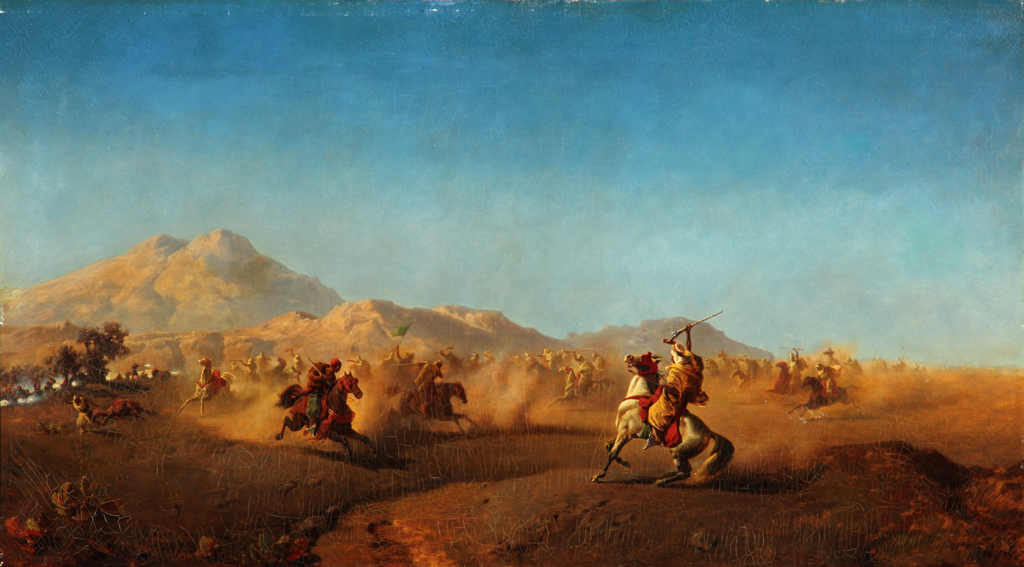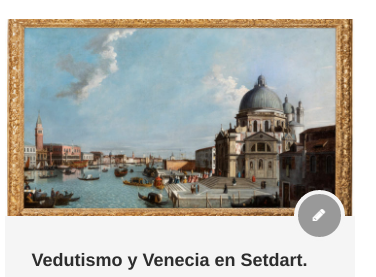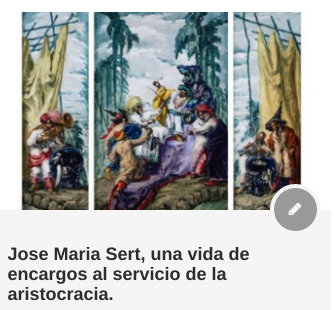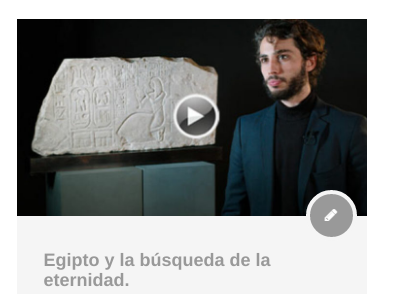Orientalist painting: behind the dreamed paradise
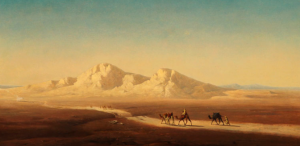
The European colonial expansion in North Africa during the 19th century was decisive in the desire of many artists to travel and explore an unknown world. From the representation of their landscapes, customs and conflicts arose the so-called orientalist painting, a genre with its own personality within nineteenth-century art, passionately cultivated by great masters such as Eugene Delacroix, Dominique Ingres or Mariano FortunyAlong with this conquest, the success of travel literature, the desire to find novel pictorial themes and the adventurous spirit that characterized them, led many artists on a journey to the dreamed paradise that they assimilated in their works with the recreation of an Orient. Exotic and captivating. Proof of this is the selection of works that on July 15th we offer in our oriental art auction.
The emergence of Orientalism as a fully recognized genre finds its origin during Romanticism , which in the same way as medieval historicism, then meant a flight from reality endowed with a certain mythification. Artists, attracted by the exotic and distant, represented the eastern world under a prism dominated by the fanciful and evocative character that characterized the multiple stories about the lands of Mediterranean Africa and the Middle East that, such as those of Francis Burton, Gustav Flaubert or Gerard de Nerval among others, proliferated in the literature. In fact, as a result of the Napoleonic campaigns, the western imaginary was nourished by the glories of these old empires, whose conquest was represented in multiple scenes symbolizing the power and superiority of the West over the East . In this way, the battle scenes, the subjugated slaves or the infinite deserts that they traveled during the colonization campaigns found a time of pictorial splendor.
However, in front of this vision, a more realistic aspect developed that, far from the bombastic tone and the negative connotations towards the Moorish that prevailed in the first orientalist works,it was recreated in the representation of customs, culture and scenes of daily life.Thus, during the second half of the nineteenth century, many of the painters traveled to the Middle East where they found a reality that discovered for them a different and new country, which stood out with its peculiarities above the clichés and prejudices of Europeans. The new orientalist school left wars, harems and slave markets behind to paint the world that opened before them in all its daily dimensions.
Exemplifying these two visions, we have two magnificent works by Henric Ankarcrona (lot 35233698) and August von Siegen (lot 35233753) respectively. The first uses a battle scene in the middle of the desert to create a work of overflowing energy and pictorial expressiveness. On the contrary, the second focuses all its attention on reflecting the atmosphere of the place and the very identity of the North African population of Cairo.
In the Spanish sphere The approach to the cultural and historical reality of the East, even by force of arms, was developed under a much more realistic vision than that generally held by European orientalist painters during the nineteenth century. In this sense the reality of the Moroccan everyday world prevailed over the fantasy of exoticism through a technique close to luminous realism with a loose and stained brushstroke . Without a doubt, of all the Spanish painters who practiced the genre, Fortuny was the great teacher. Setting a precedent in the representation of such content, it established a certain canon that was highly valued by other artists. This is the case of Francisco Pinazo who was able to meet the Catalan painter during his stay in Rome. Precisely in the Italian capital, Pinazo made the canvas that we present at auction (lot 35148512) in which, showing off his technical mastery, the painter takes us to a typically Arabic interior.
From Setdart, we propose through our next auction a journey through the different aspects through which art captured the fascinating oriental world.

